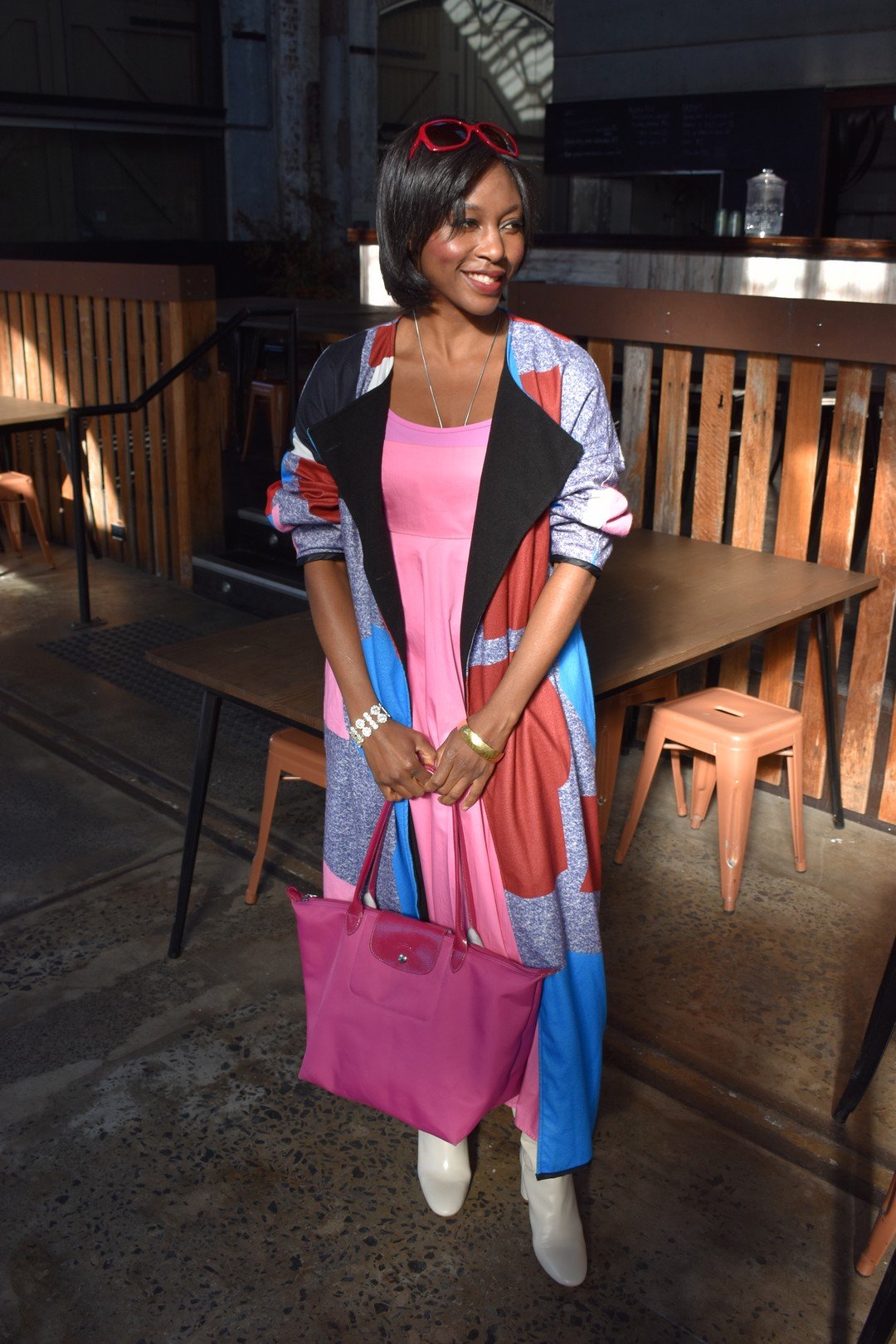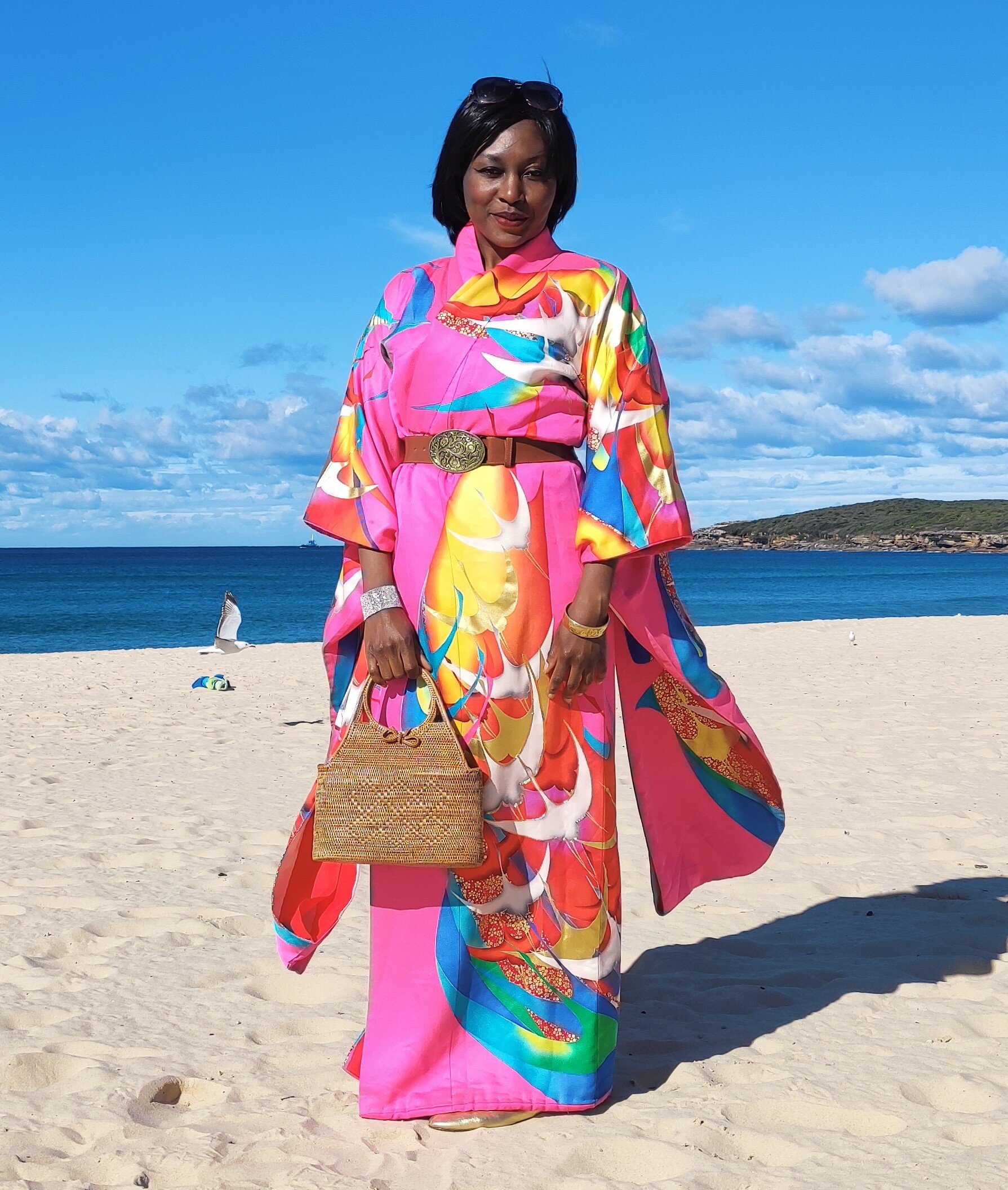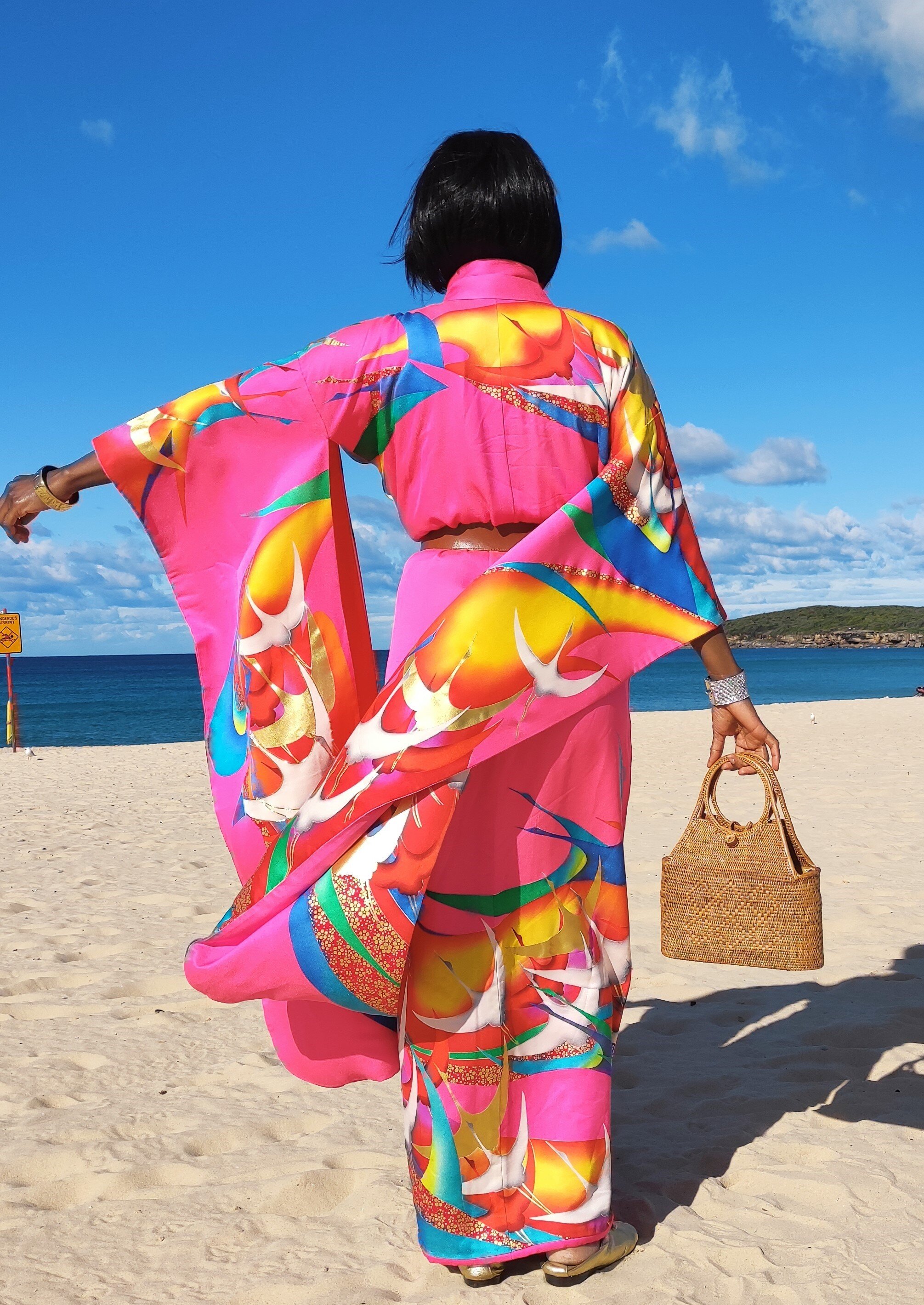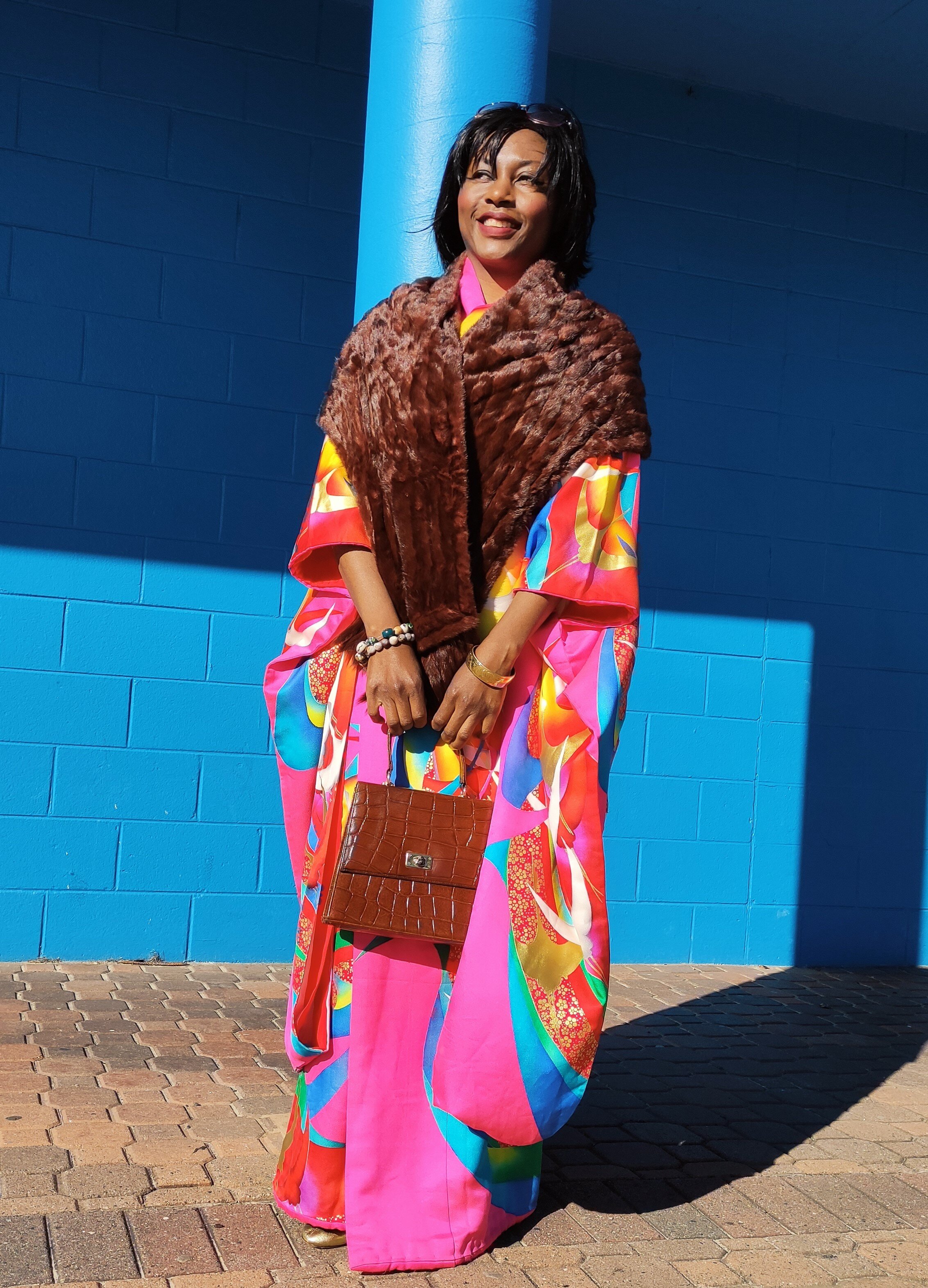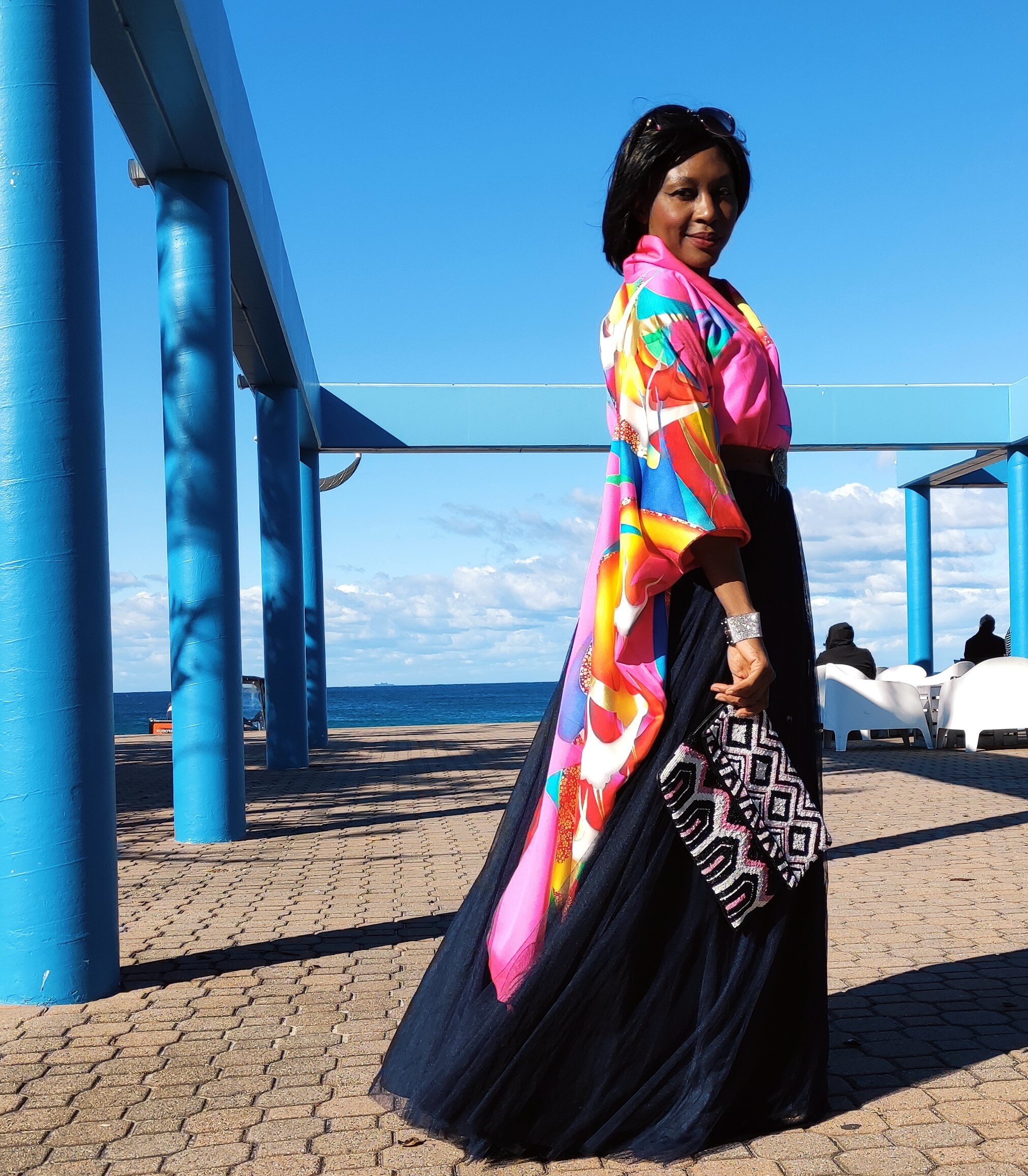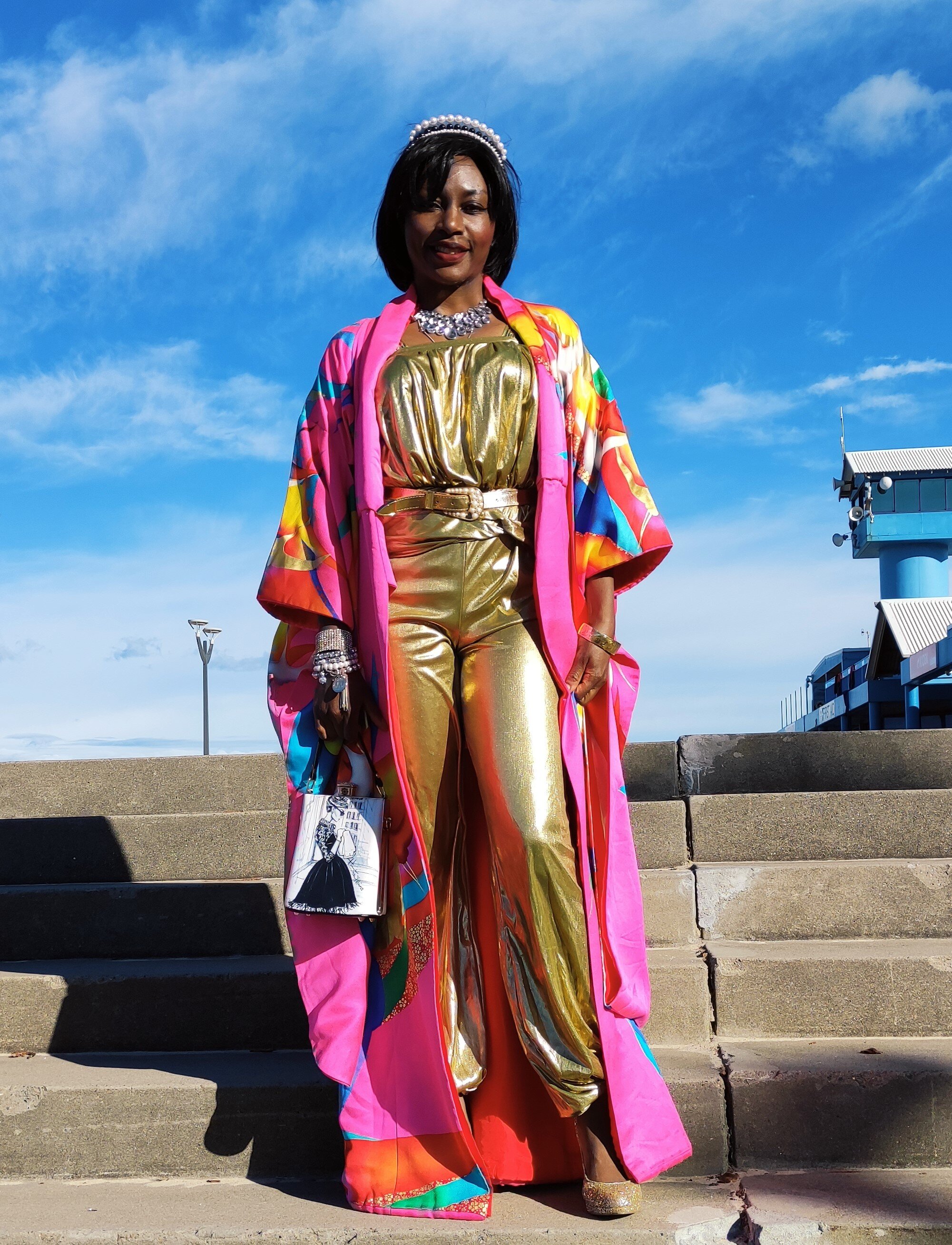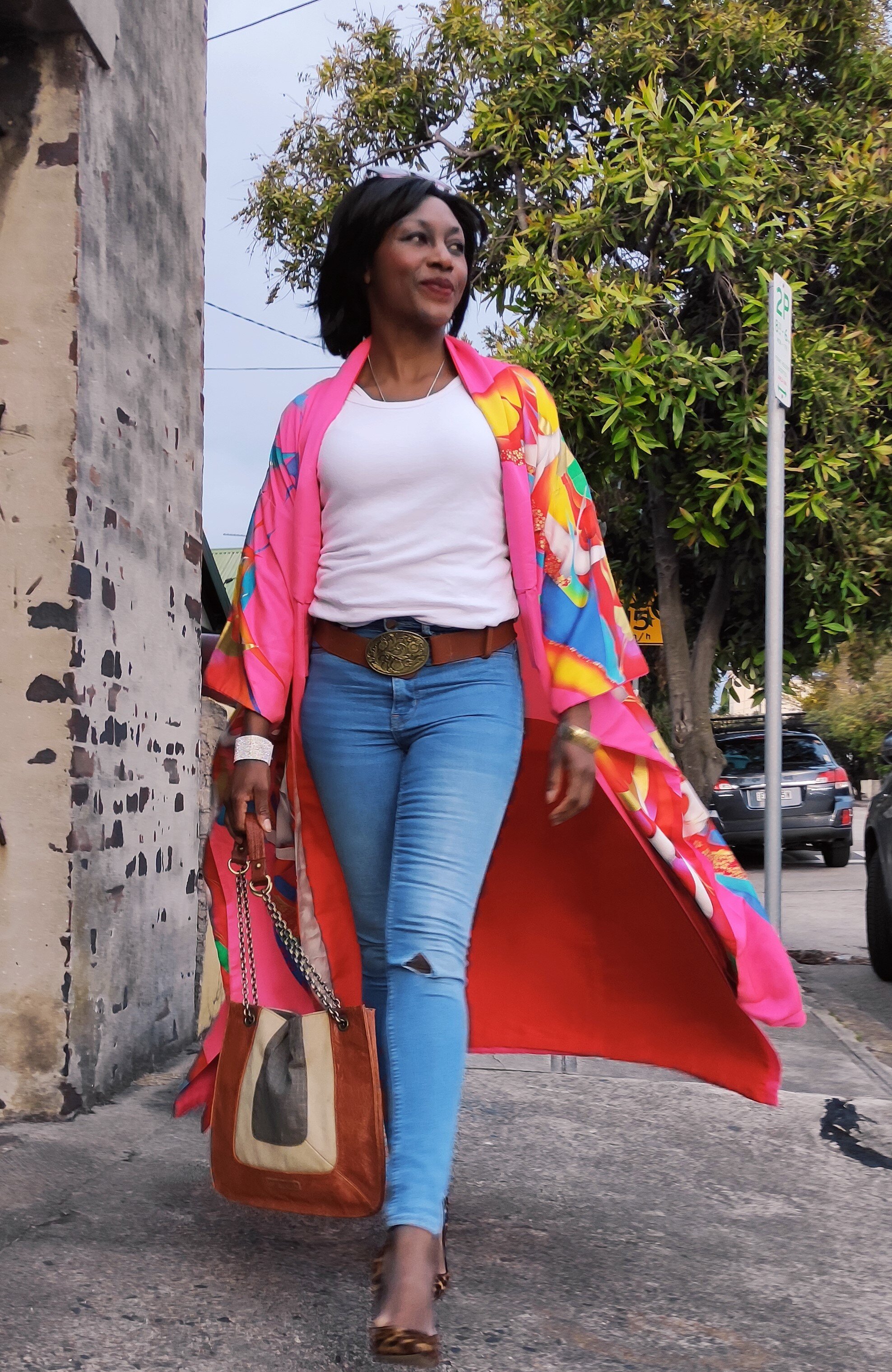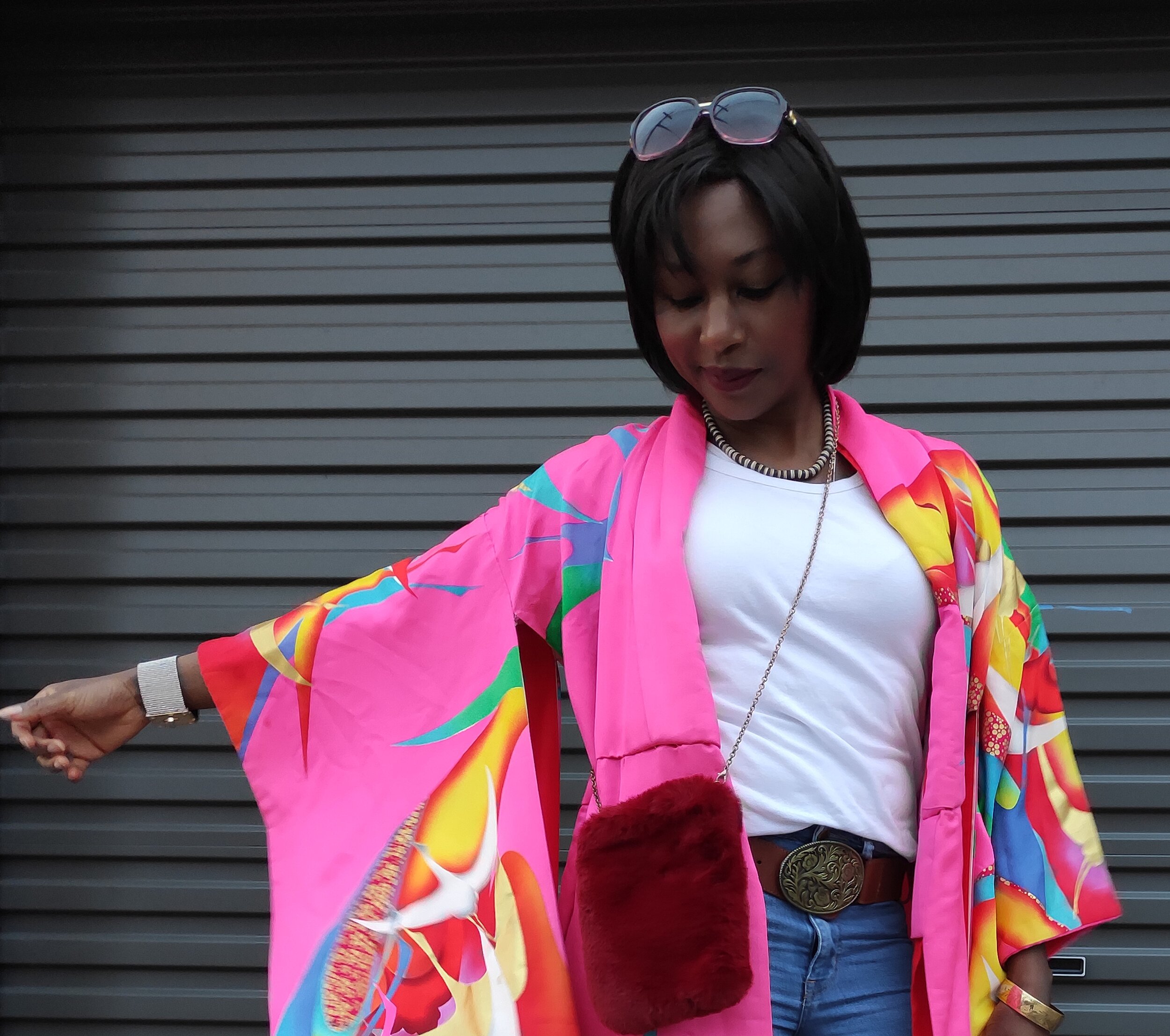Vintage shop in Shimokitazawa. Image credit: Stella Lee
In recent years, the global fashion industry has faced increasing pressure to adopt sustainable methods. Some impactful ways include cutting down consumption, buying second-hand clothing, and upcycling. The importance of such practices rise day by day as we witness the negative impacts that come with the rise of fast fashion brands.
East Asia, popular for its fast-paced and trend-driven fashion industries, is not a commonly discussed region in the scope of sustainable fashion. The area, consisting of countries such as China, Japan, Korea, Taiwan, and Mongolia, is home to various fashion scenes difficult to generalize into a monolithic category. However, with Japan beginning to accept second hand clothing in the 1950s, many people across the area have started to embrace the act of secondhand items, unlocking the possibility for a new force of sustainable fashion in the region.
Purchasing secondhand clothing is one of the main ways to practice sustainable fashion by purchasing second-hand clothing instead of new ones. This allows one to prolong the life of clothing items from old t-shirts to old boots and fight against the dominant cycles of mass production as well.
This article will dive into four main cities—Seoul, Tokyo, Shanghai, and Taipei—to analyze their thrifting cultures and moreover give an insight into how such activity has the potential to influence East Asia’s sustainable fashion landscape.
Seoul, South Korea
Although thrifting culture is not as prominent as in Western countries, the ‘vintage’ breeze has carried similar parts of it to South Korea. South Korean people, especially the youth population, are known for their sharpness to trends and sensitivity to “staying in fashion”. Some examples of this would be the obsession in luxury brand items, such as Chanel or Gucci. They also tend to focus on getting the latest ‘limited edition’, and influencers regularly boast on their hard work in obtaining a limited edition piece as content. The key points here are that such items have a value of scarcity, they are irreplaceable and hard to find.
This phenomenon reached a different curve with the recent “retro” and “Y2K” trend, which generated buzz around the term ‘vintage’. Although vintage, by definition meaning something from the past of high quality, is not a new word, it has become a major keyword coupled with the recent trends in fashion. Nowadays the term is used to indicate second-hand clothing in general, and “vintage” pieces refer to ones that someone else has worn in the past. The biggest selling point for vintage items is that they are no longer widely available, making them rare and unique. Now, popular influencers and K-pop idols, which have worldwide influence, are featuring themselves on vintage shopping tours, reinforcing these trends.
Despite the fact that a lot of neighborhoods in Seoul are developing their own “vintage” culture, a main area would be Hongdae. Located near 4 major university campuses (Ehwa, Hongik, Sogang, and Yonsei), Hongdae is comprised of bustling streets full of tourists and young consumers. In these alleys, one can find various vintage shops often tucked away but impossible to miss for active seekers. These shops tend to be curated meticulously, meaning that the owners carefully inspect each piece and go through a separate process of manufacturing to ensure quality control. Another notable factor is that they often ‘reform’ or upcycle clothes—by cutting out patches of intact fabric from a no longer sellable piece of clothing and attaching it to another piece, cropping branded shirts, basically recreating a third piece from scattered, used garments.
Online platforms are also playing a key part, with reselling platforms such as ‘Karrot’ and ‘BUNJANG’ increasing in terms of downloaders and overall revenue. These applications create a marketplace for users to sell and buy used items (including clothes) for cheaper prices, blurring the lines between the consumer and the seller. According to a BUNJANG resale report, the Korean resale market saw accelerated growth in the last decade, a key characteristic being that shoppers gravitate toward buying secondhand goods online.
Tokyo, Japan
Tokyo’s thrifting culture has deep historical roots, stretching back to the Edo period) (1603-1968). The initial rise of second-hand clothing was linked to the high cost and difficulty of repairing kimonos, which led people to valuing garment repair and resale. As second-hand clothing transactions developed, this culture began to take root in Japanese society. After WWII, Japan faced a severe shortage of goods and imported a large number of garments from the United States, which further popularized vintage culture, especially in areas like Ueno and Asakusa. Ueno, a key trade and transportation hub, saw an influx of second-hand American clothing, while Asakusa, with its strong artistic and entertainment background, embraced these styles as part of its creative expression. Both areas, known for their vibrant, youthful, and fashion-driven populations, became centers for the early adoption of vintage fashion.
The modern rise of vintage culture began in the 1980s during the bubble economy era, when people in Tokyo were eager to buy antique luxury goods from abroad. This trend elevated the value of vintage items. Following the collapse of the bubble economy, vintage culture underwent a transformation—from being a niche interest among a few collectors to becoming accessible to the general public. This shift allowed areas such as Shimokitazawa and Koenji to emerge as hubs for vintage fashion.
Today, areas like Shimokitazawa and Koenji still act as hotspots for vintage shopping, boasting over 137 vintage shops in Shimokitazawa alone. Other areas, such as Harajuku's Cat Street, also contribute to Tokyo's vibrant second-hand culture, with popular stores like ‘Chicago’ known for its vintage kimonos, and ‘Kinji Used Clothing’ offering a wide selection of affordable items.
The modern thrifting culture trend in Tokyo emphasizes both individuality and environmental consciousness. Younger generations value fashion as a sustainable choice, and celebrities like Masaki Suda and Nana Komatsu have contributed to this trend by proudly wearing second-hand clothes. Shops have adapted to the growing focus on “cleanliness” to improve the shopping experience, making vintage more appealing to a broader audience. In addition, chain stores like ‘Second Street’ have expanded across Japan, further integrating vintage fashion into mainstream culture and supporting a move towards sustainability.
Shanghai, China
Shanghai's second-hand clothing market has recently experienced significant growth, driven by increasing consumer awareness of sustainability and the influence of vintage trends from cities like Tokyo. However, unlike Japan, China lacks a historical tradition of second-hand clothing culture, largely due to the stigma associated with wearing used clothes, often seen as a sign of poverty and a threat to one's "mianzi,” or social standing.
Despite these challenges, younger generations, particularly Gen Z, are embracing the concept of recycled fashion. Neighborhoods such as Julu Road have become well-known for boutique vintage shops that cater to this growing demand for unique styles. Offline markets, like the "Savvy Exchanger" monthly market, have become popular events where people can swap clothes while enjoying music and local beer, creating a trendy and social experience. In Shanghai, popular offline vintage stores like "Duozhuayu" are gaining traction, offering pre-owned books and vintage clothing, and frequently featured on platforms like ‘Red’.
The second-hand market in China is also largely driven by online platforms, such as Xianyu (https://www.goofish.com/), an offshoot of Alibaba, has become particularly popular due to its user-friendly experience and credibility in addressing concerns about counterfeit goods. These platforms contribute to a significant portion of the market, which was valued at approximately 10.4 trillion RMB (around 1.63 trillion USD) by 2020.
Notably, Shanghai’s second-hand luxury market has seen a surge in popularity, although it still remains smaller in scale compared to more developed markets such as Japan and the United States. Younger consumers are leading this growth, viewing second-hand luxury as a way to access high-end brands at more affordable prices while also supporting sustainability. Nonetheless, Shanghai's emerging second-hand fashion scene represents a blend of practicality, sustainability, and social trends, positioning it as a developing hub for vintage culture in China.
Taipei, Taiwan
Taipei has carved out its own niche in the East Asian thrifting culture, offering a unique blend of sustainability and style.
Popular areas like Chifeng Street are home to well-known vintage stores such as “R Vintage”, “Deer Horn”, and “Booday”, which cater to diverse tastes ranging from classic retro pieces to high-end designer items. The rise of vintage fashion in Taipei is fueled by both a love for the aesthetic and growing awareness of the importance of sustainable consumption.
Vintage fashion is popular among young people for its individuality, while older generations appreciate the environmental benefits. Sustainability is central to Taiwan’ vintage trend, with increased awareness of reducing waste and supporting the circular economy. Events like Clothing swaps and vintage markets further promote a culture of reuse, helping position Taipei as a center of sustainable fashion.
Conclusion
The ‘vintage boom’ was a binding factor for culturally diverse countries of East Asia, shaping unique attitudes towards the world of second-hand fashion. From the busy streets of Seoul to the culturally rich neighborhoods of Tokyo, the appeal of second-hand clothing is growing to be more than just a trend. However, this relatively new culture must maintain its force, which calls for approaches rooted in demands for sustainability rather than consumerism and desires to follow micro trends. By combining its tradition, culture, and innovative nature, East Asia has the potential to lead a new wave of eco-conscious style across the region.
*Article written by Stella Lee and Bo-Han Zhang.
Stella Lee - Located in South Korea, Stella Lee is a journalist passionate about social issues, with a focus on covering stories from around the world.
Bo-Han Zhang - Located in Japan, Bo-Han Zhang specializes in business strategy and community development, with experience in consulting and a focus on sustainable fashion in East Asia.



